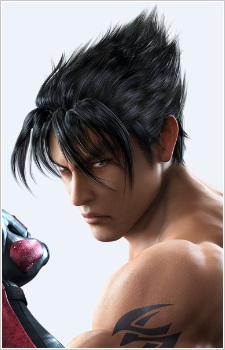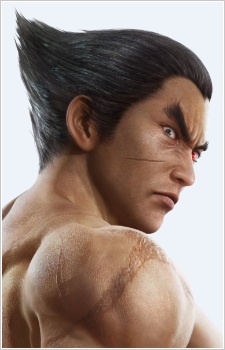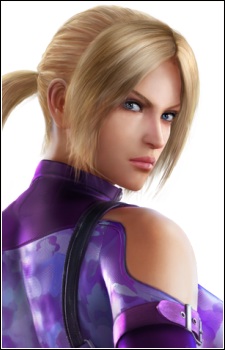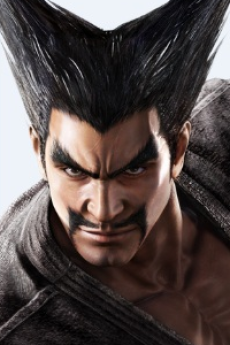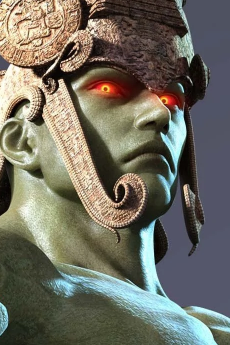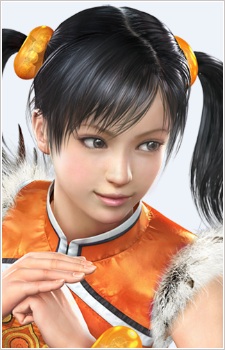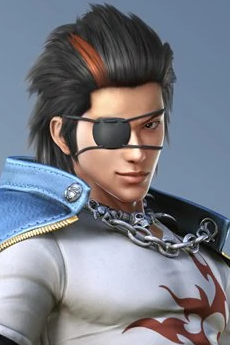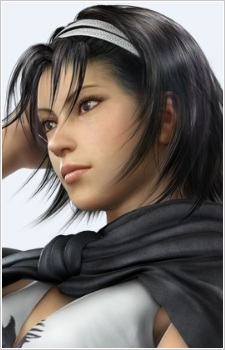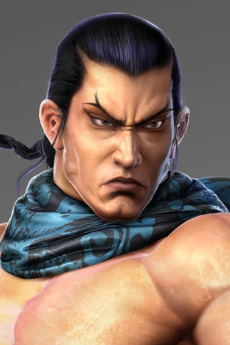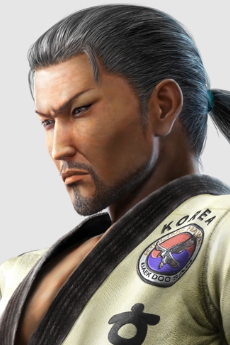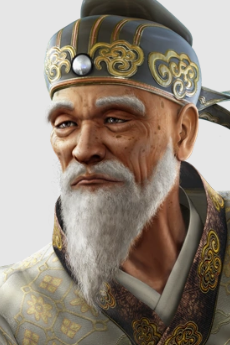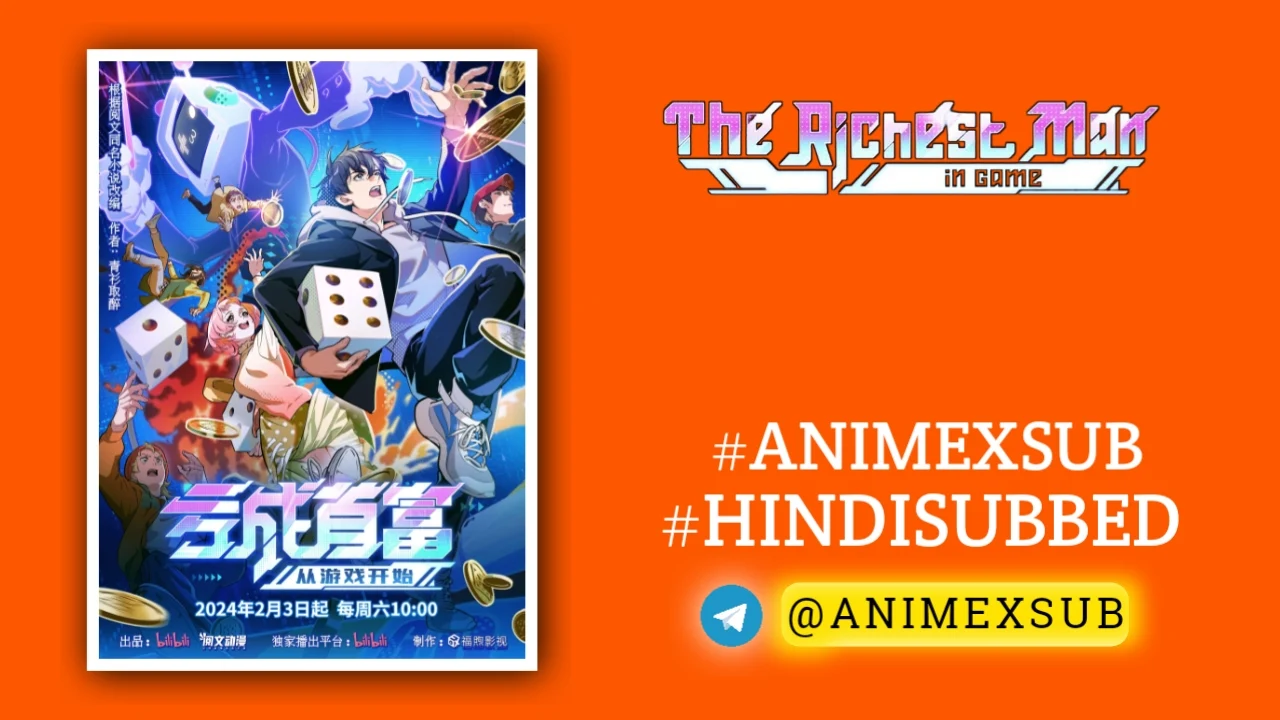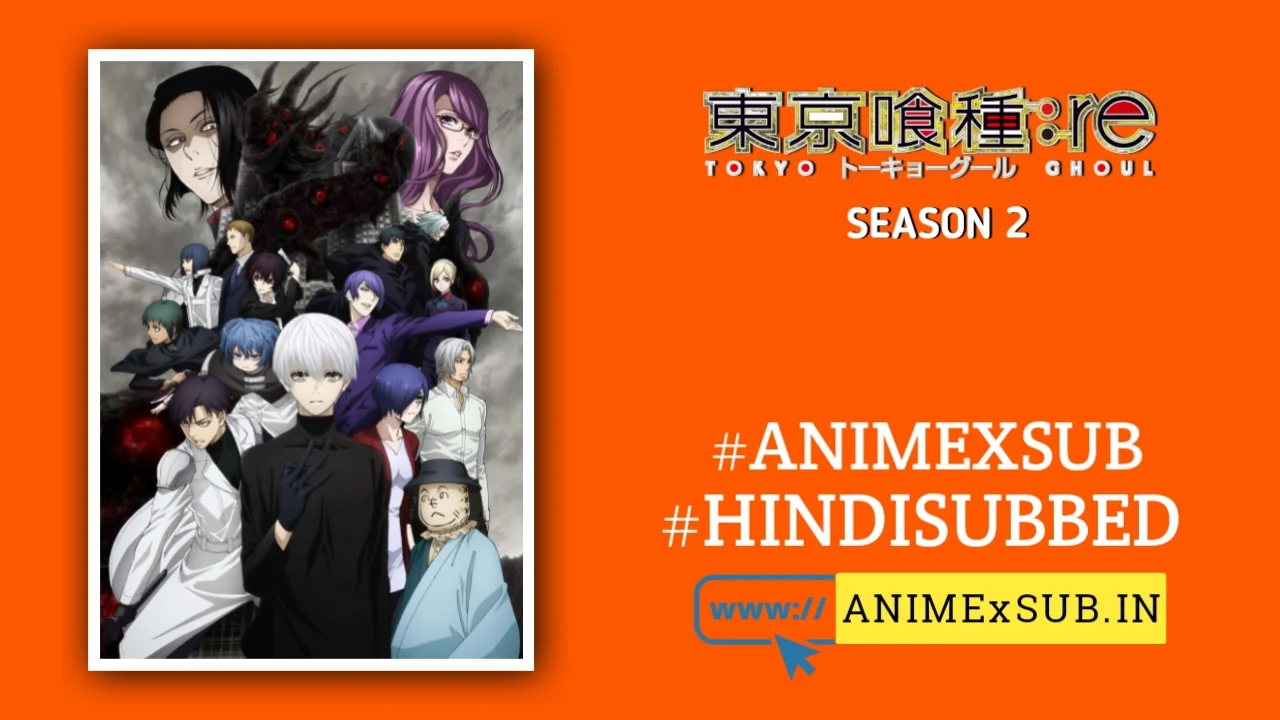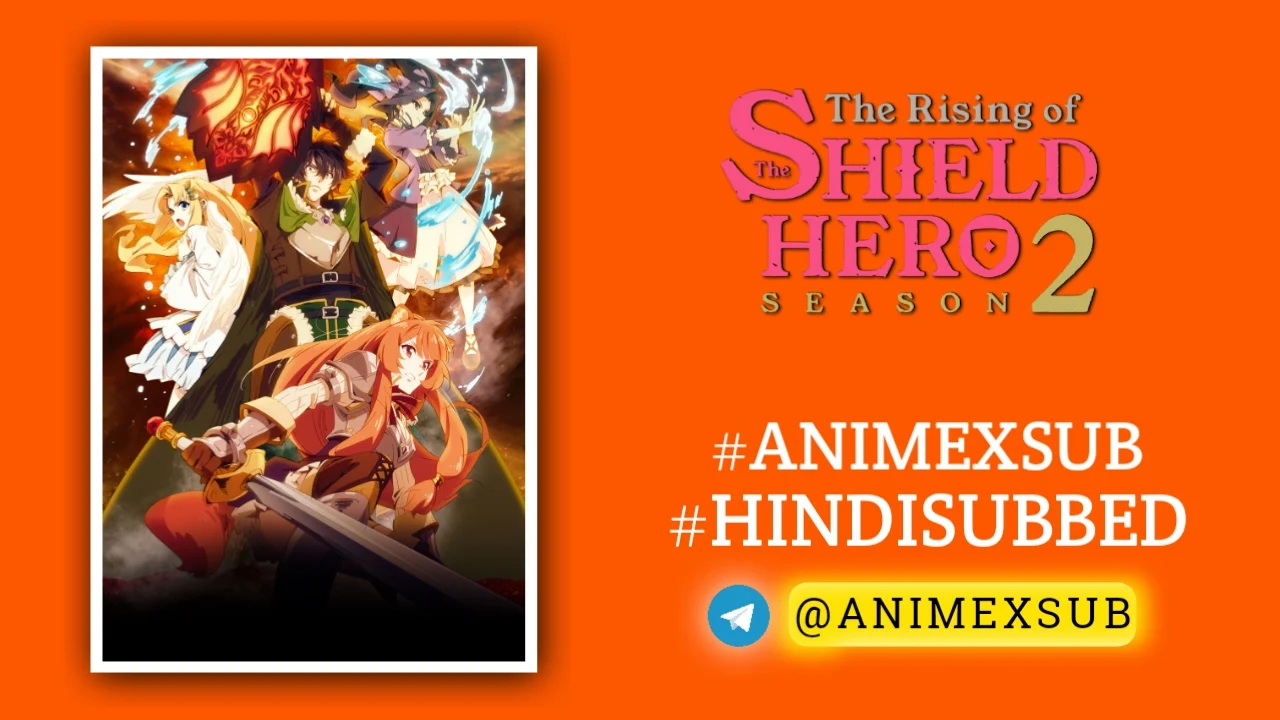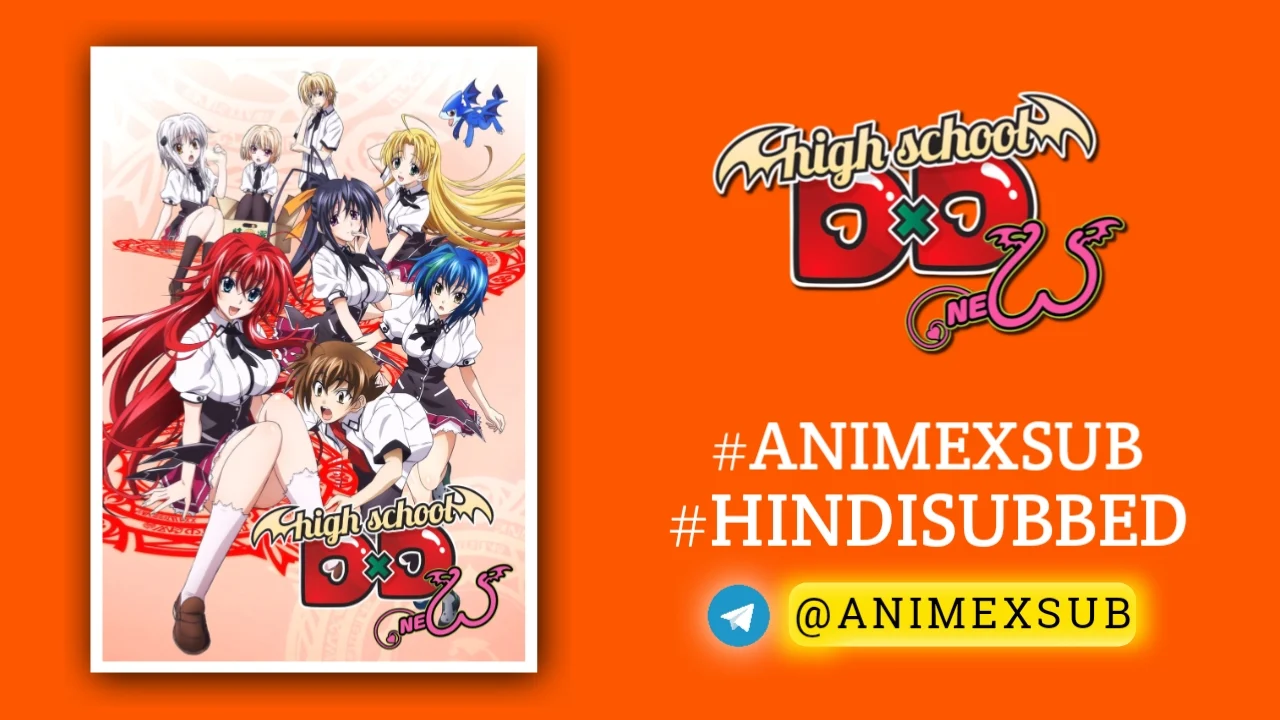
Tekken: Bloodline Hindi Subbed [06/06] {Complete}

Tekken: Bloodline
Tekken: BloodlineSynopsis
"Power is everything." Jin Kazama learned the family self-defense arts, Kazama-Style Traditional Martial Arts, from his mother at an early age. Even so, he was powerless when a monstrous evil suddenly appeared, destroying everything dear to him, changing his life forever. Angry at himself for being unable to stop it, Jin vowed revenge and sought absolute power to exact it. His quest will lead to the ultimate battle on a global stage — The King of Iron Fist Tournament. (Source: Netflix)
Watch Trailer
Characters
Tekken: Bloodline Season 1 – A Visceral Dive into the Iron Fist Legacy
Tekken: Bloodline Season 1, the anime adaptation of the iconic Tekken 3 video game, delivers a compact yet intense exploration of the Tekken universe, weaving a narrative that balances raw martial arts action with the emotional weight of family, vengeance, and personal growth. Released in 2022 on Netflix, this six-episode series is a bold attempt to translate the frenetic energy of the Tekken fighting game franchise into a cohesive story. While it doesn’t always reach the heights of its source material’s emotional depth or fully satisfy long-time fans, it offers a visually striking and narratively focused experience that stands out in the crowded field of video game adaptations. This review dissects the series’ strengths, shortcomings, and unique contributions to the Tekken legacy, avoiding any promotional fluff to provide a clear-eyed, next-level analysis.
A Focused Narrative Anchored in Tekken 3
Tekken: Bloodline centers on Jin Kazama, a young martial artist driven by a burning desire for revenge after a tragic incident involving his mother, Jun Kazama, and the monstrous entity known as Ogre. The series faithfully adapts the core storyline of Tekken 3, following Jin’s journey from a disciplined but emotionally volatile teenager to a fighter hardened by the King of Iron Fist Tournament. Trained first by his mother, who instills in him the values of restraint and inner peace, and later by his ruthless grandfather, Heihachi Mishima, Jin grapples with conflicting philosophies about power, anger, and purpose. This narrative spine—rooted in the Tekken franchise’s lore—gives the series a clear focus, distinguishing it from other game adaptations that often struggle to find a cohesive thread.
What makes Bloodline unique is its attempt to humanize Jin’s quest without diluting the high-octane combat that defines Tekken. The series opens with a gut-punch of a scene: a young Jin witnesses a devastating event that sets the tone for his journey. This moment, rendered with haunting simplicity, establishes the emotional stakes early on. Unlike the games, which often rely on player imagination to fill in narrative gaps, the anime fleshes out Jin’s internal conflict, showing how his mother’s teachings clash with Heihachi’s brutal pragmatism. This philosophical tug-of-war—between control and rage, defense and destruction—adds a layer of depth to Jin’s character that feels fresh yet true to the source material.
Visuals and Action: A Love Letter to Tekken Fans
The animation, a blend of 2D and 3D techniques, is one of Bloodline’s standout features. The series captures the kinetic energy of Tekken’s fights with meticulous attention to detail, from the orange and purple sparks that erupt on impact to the faithful recreation of signature moves like King’s German Suplex or Paul Phoenix’s Phoenix Smasher. These sequences are not just fan service; they’re a testament to the animators’ understanding of what makes Tekken’s combat visually distinctive. The fights are fluid and brutal, with choreography that mirrors the games’ fast-paced, combo-driven style. For example, Jin’s Mishima-style karate feels both grounded and explosive, reflecting his growth as a fighter while staying rooted in the franchise’s aesthetic.
However, the animation isn’t without flaws. The 3D character models, while effective in action scenes, occasionally clash with the 2D backgrounds, creating a visual dissonance that can pull viewers out of the experience. Compared to other modern anime like Arcane, which seamlessly blends 2D and 3D, Bloodline’s hybrid approach feels slightly dated in quieter moments. Still, the character designs—particularly Jin, Xiaoyu, and Heihachi—are striking, with expressive faces and distinct silhouettes that make them instantly recognizable to fans. The series also uses its setting, from the lush forests of Yakushima to the neon-lit arenas of the tournament, to create a vivid backdrop that enhances the story’s emotional and thematic weight.
Strengths: Emotional Core and Respect for the Source
One of Bloodline’s greatest strengths is its ability to balance action with character-driven storytelling. Jin’s relationship with his mother, Jun, is portrayed with a tenderness that grounds the series’ more fantastical elements. Their scenes together, particularly in the early episodes, highlight Jun’s role as a moral compass, teaching Jin to channel his anger into discipline. This dynamic contrasts sharply with Heihachi’s cold, utilitarian approach, creating a compelling tension that drives Jin’s arc. The voice acting (both in Japanese and English dubs) adds nuance to these relationships, with Kaiji Tang’s portrayal of Jin striking a balance between youthful vulnerability and steely resolve.
The series also deserves praise for its fidelity to Tekken 3’s story while making thoughtful additions. Unlike adaptations that stray too far from their source (cough Rings of Power cough), Bloodline respects the established lore, incorporating iconic characters like Hwoarang, Ling Xiaoyu, and Nina Williams without feeling like a checklist. Each fighter gets a moment to shine, though some, like King and Paul, are underutilized. The show’s decision to focus on a single tournament arc, rather than trying to cram in the entire Tekken saga, keeps the pacing tight and the stakes clear.
Shortcomings: Pacing and Missed Opportunities
Despite its strengths, Bloodline stumbles in its execution, primarily due to its brevity. At just six episodes, the series feels rushed, particularly in the tournament’s second half. Major fights, while visually spectacular, often lack the buildup needed to make them emotionally resonant. For instance, Jin’s confrontations with key opponents like Hwoarang and Ogre are thrilling but feel abrupt, as the show jumps between matches with little downtime to develop rivalries or explore character motivations. An additional two or three episodes could have fleshed out these moments, giving the tournament the gravitas it deserves.
The series also struggles to appeal to both newcomers and long-time fans. For those unfamiliar with Tekken, the streamlined plot is accessible but lacks the depth to stand out as a standalone anime. For fans, the absence of certain characters (like Eddy Gordo or Yoshimitsu) and the truncated appearances of others may feel like a missed opportunity. The narrative’s focus on Jin sometimes overshadows the ensemble, which is a shame given the Tekken roster’s diversity and charisma. Additionally, the show’s exploration of themes like revenge and family feels underdeveloped, as the constant action leaves little room for introspection.
A Unique Place in the Tekken Legacy
What sets Bloodline apart from other video game adaptations is its refusal to overcomplicate or reinvent the wheel. Unlike Halo’s divisive TV series or Resident Evil’s muddled live-action films, Bloodline stays laser-focused on its source material’s core: martial arts, family drama, and the pursuit of vengeance. It doesn’t try to be a sprawling epic or a gritty reimagining; instead, it delivers a lean, character-driven story that feels like a natural extension of Tekken 3. This restraint is both its strength and its limitation, as it avoids alienating fans but doesn’t push the boundaries as far as it could.
The series also stands out for its thematic resonance. Jin’s struggle to reconcile his mother’s pacifist teachings with his grandfather’s ruthless ambition mirrors the broader Tekken saga’s exploration of legacy and power. While the games often leave these themes implicit, Bloodline makes them explicit, giving viewers a fresh perspective on Jin’s journey. It’s not perfect, but it’s a rare adaptation that respects its roots while adding something new—namely, a deeper look at Jin’s emotional evolution.
Critical Reception and Context
Critics have noted both the series’ strengths and its limitations. The Review Geek called it “a respectful love letter” to Tekken, praising its action and fidelity but lamenting its short runtime and lack of narrative depth. Common Sense Media highlighted the show’s violent content and its ties to the Tekken franchise, noting that it doesn’t offer much for non-fans but delivers for players familiar with the games. On X, opinions are mixed, with some users praising the animation and others feeling it falls short of expectations (@yakusou8: “I never understood the love for this show. It was terrible from S1E1”). These varied responses underscore Bloodline’s polarizing nature: it’s a solid adaptation that doesn’t fully capitalize on its potential.
Final Verdict: A Flawed but Compelling Punch
Tekken: Bloodline Season 1 is a bold, visually dynamic adaptation that captures the spirit of Tekken 3 while carving out its own identity. Its strengths—stunning fight choreography, a focused narrative, and a compelling portrayal of Jin Kazama—make it a worthy addition to the Tekken canon. However, its short runtime and rushed pacing prevent it from reaching the heights of elite anime like Arcane or Castlevania. For fans, it’s a nostalgic treat that delivers iconic characters and bone-crunching action; for newcomers, it’s an accessible but not particularly groundbreaking introduction to the Tekken world.
Ultimately, Bloodline succeeds where many game adaptations fail: it respects its source material while telling a story that feels complete on its own terms. It’s not the definitive Tekken experience, but it’s a powerful, if imperfect, tribute to a franchise that’s been a cornerstone of fighting games for decades. If you’re a Tekken fan, it’s worth the six-episode binge for the fights and Jin’s arc alone. If you’re new to the series, it’s a decent entry point, though you may want to supplement it with the games for the full experience.
Sources:
Support Our Anime Community!
Love watching the latest anime? Help us keep uploading new episodes by join telegram channel ❤️
Join Now!